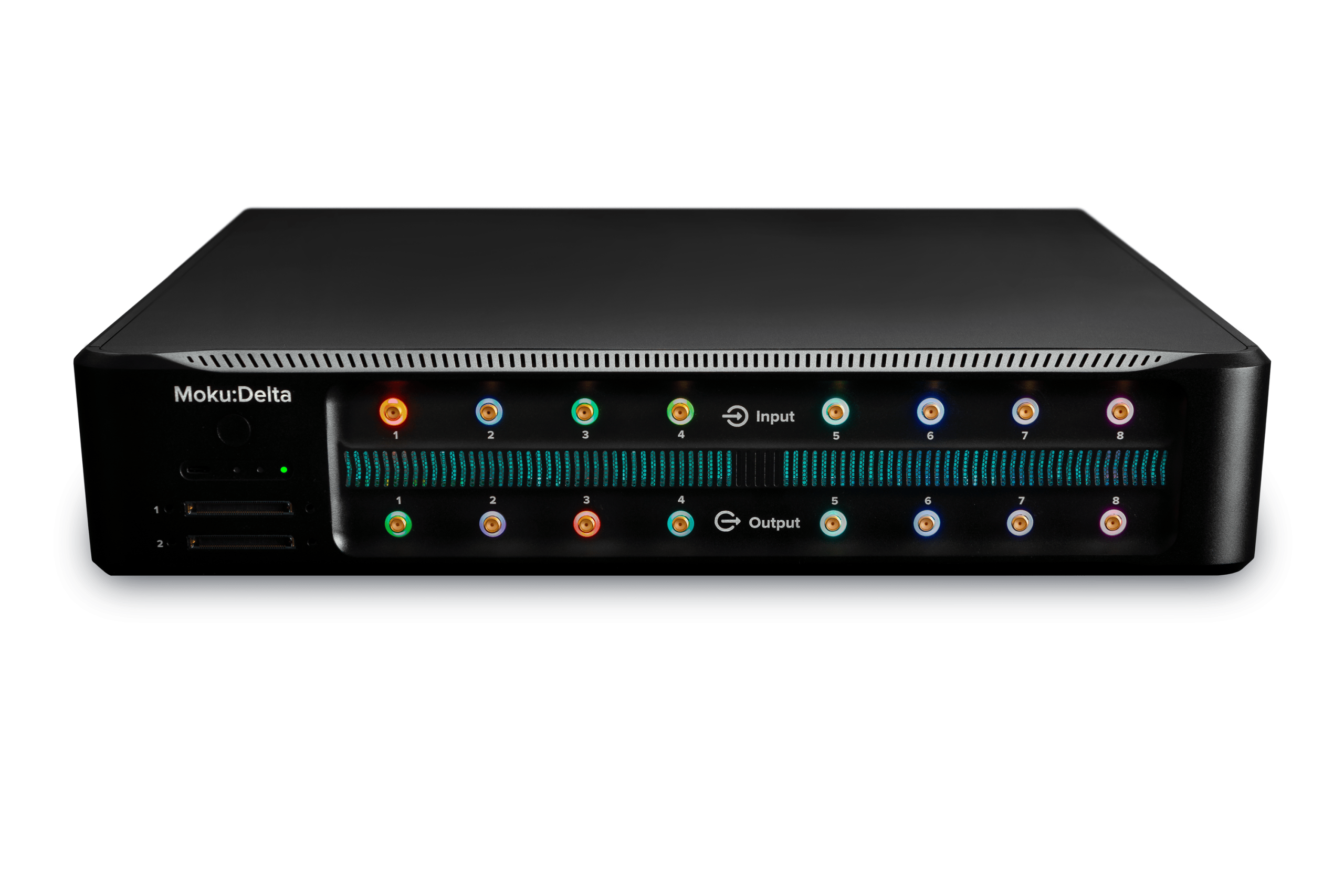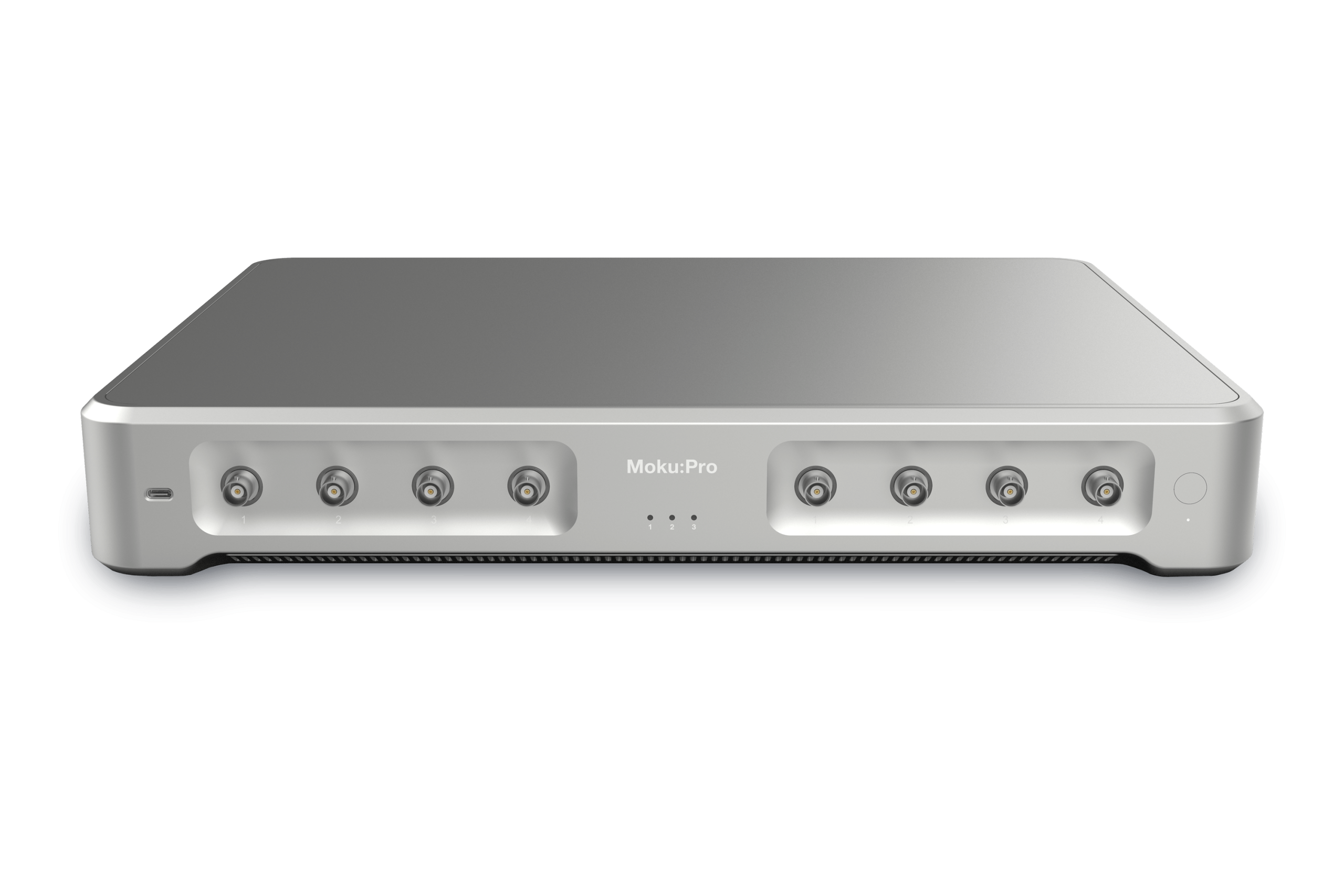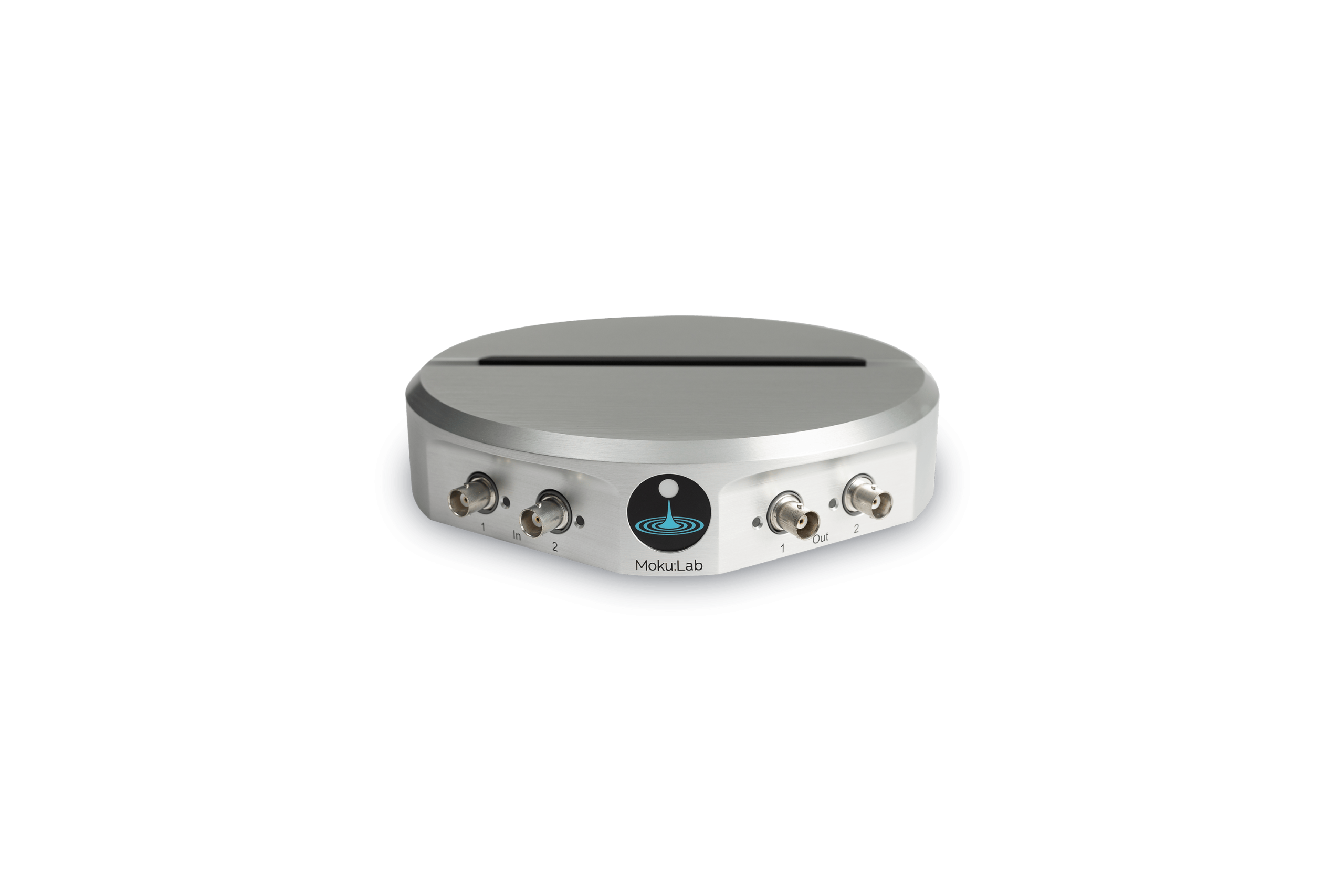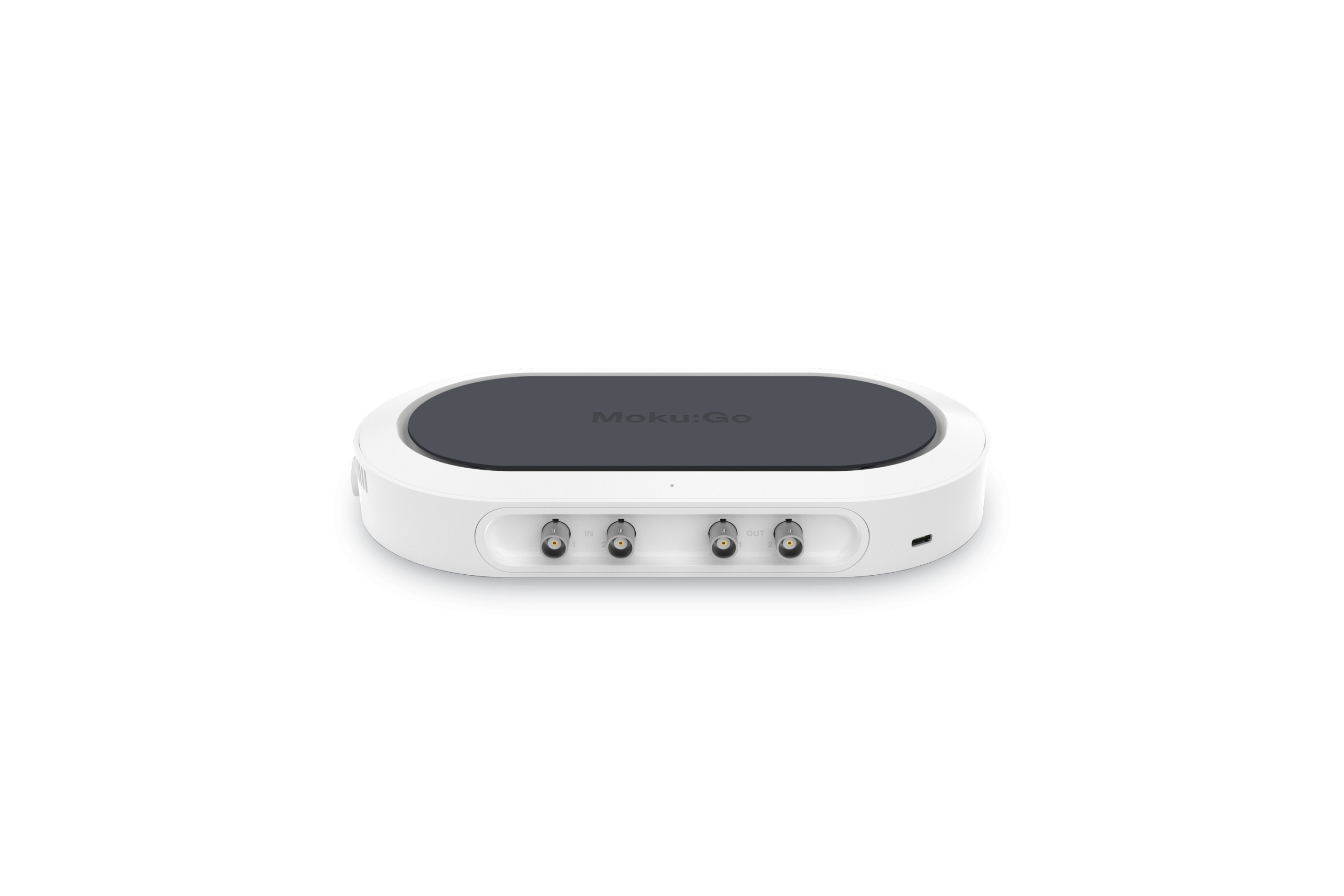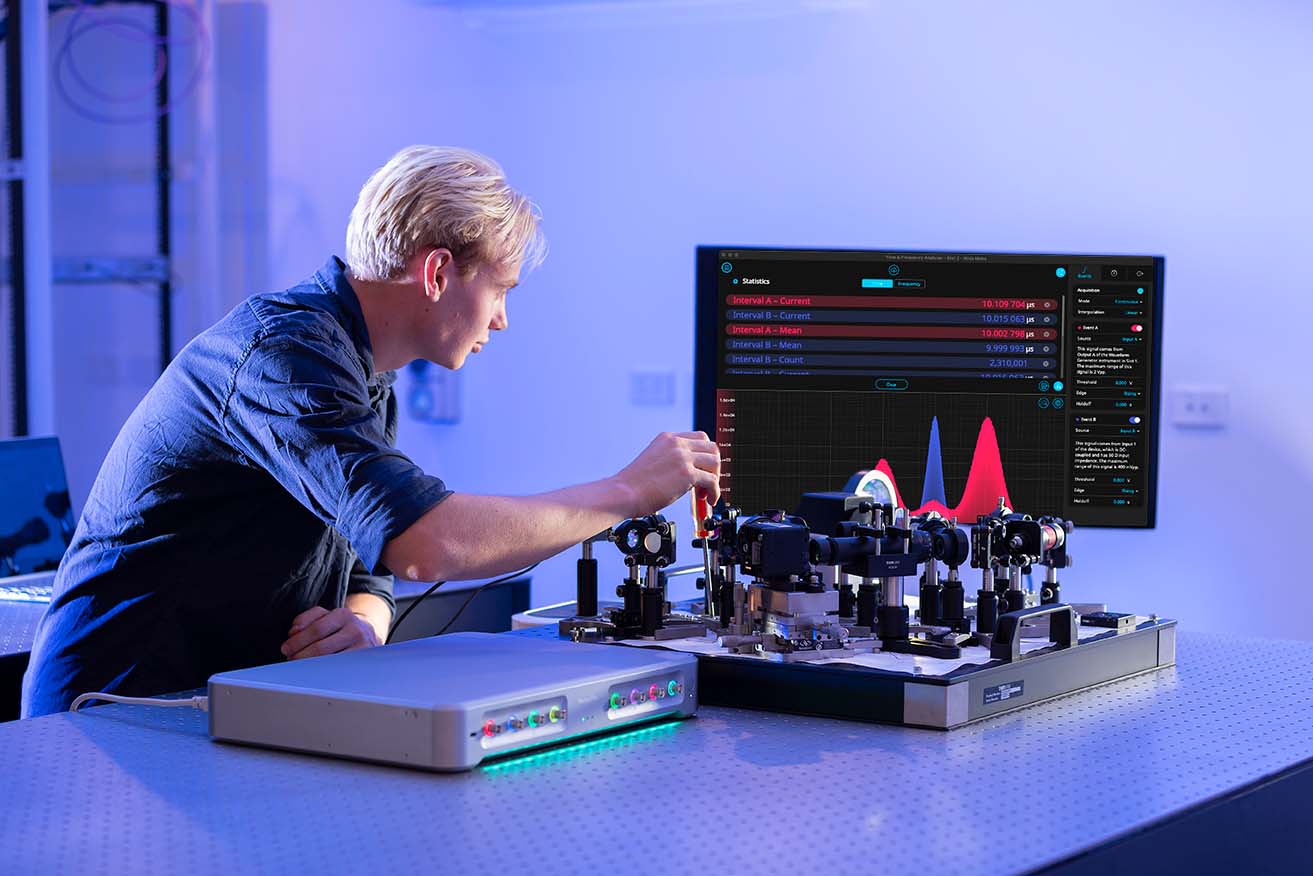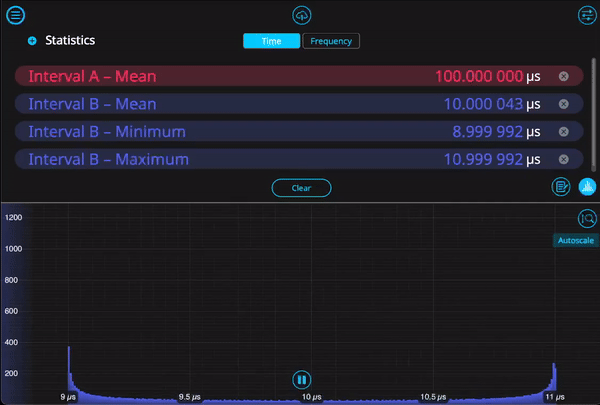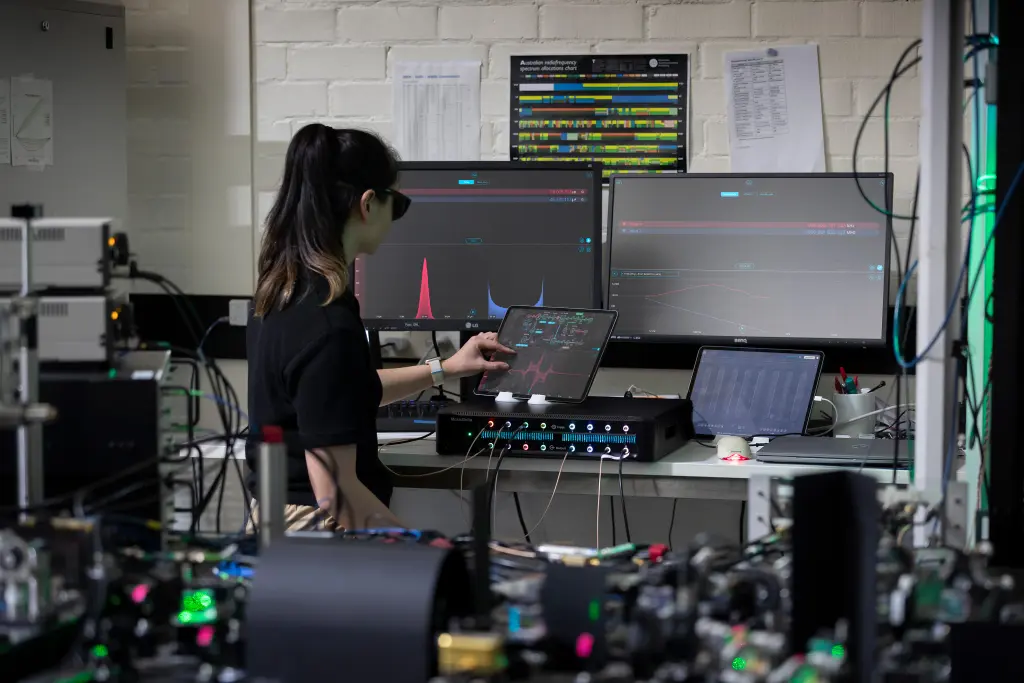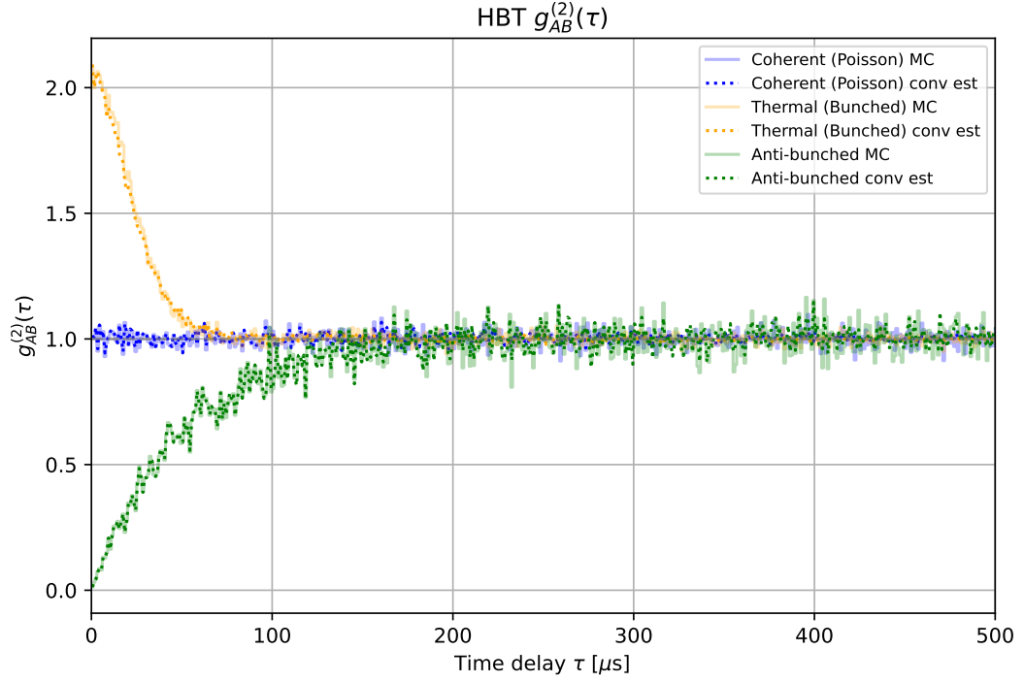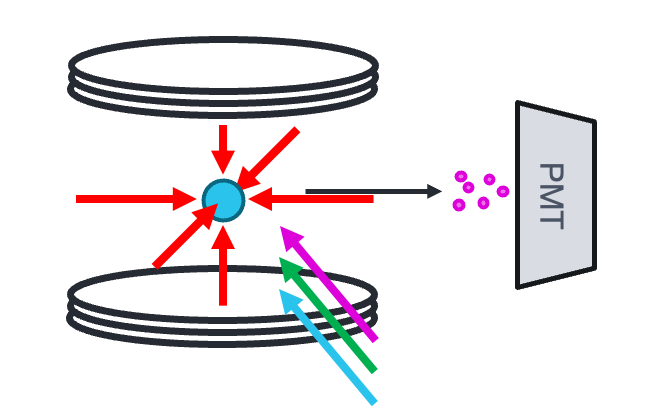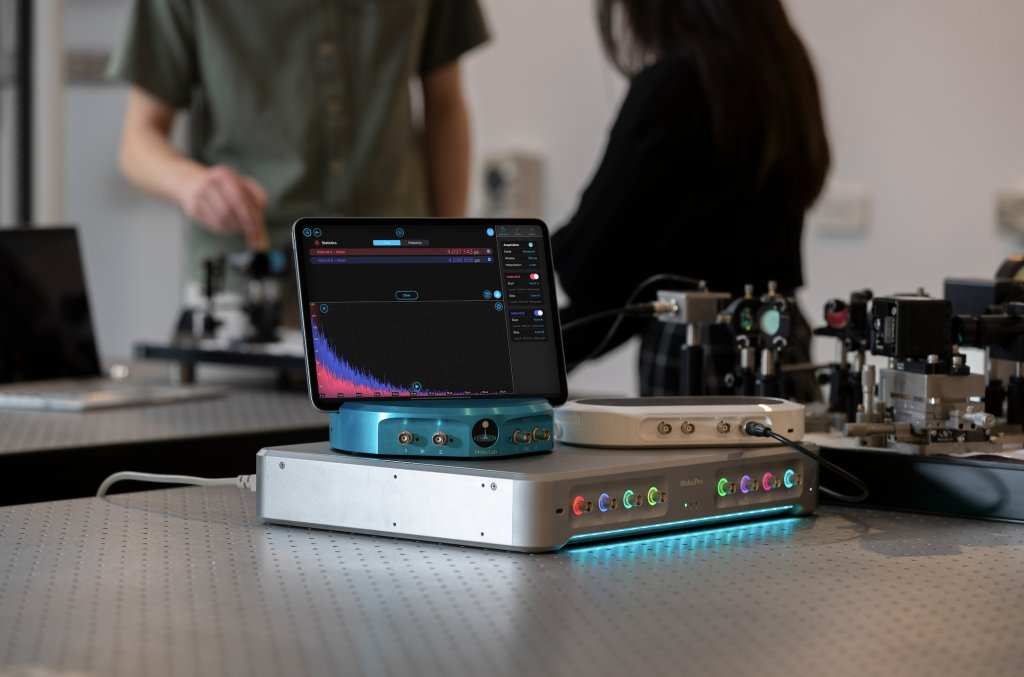Integrated photon arrival time analysis.
In photon counting experiments such as Hanbury Brown-Twiss setups, a common challenge is synthesizing and presenting data to detect coincidences or compute g²(𝛕) and higher-order correlation functions, prolonging project timelines. The Moku Time & Frequency Analyzer accelerates data interpretation with real-time, lossless histograms and interval statistics. Log photon arrival times at up to 10 Mevnt/s for post-processing to classify photon behavior.
